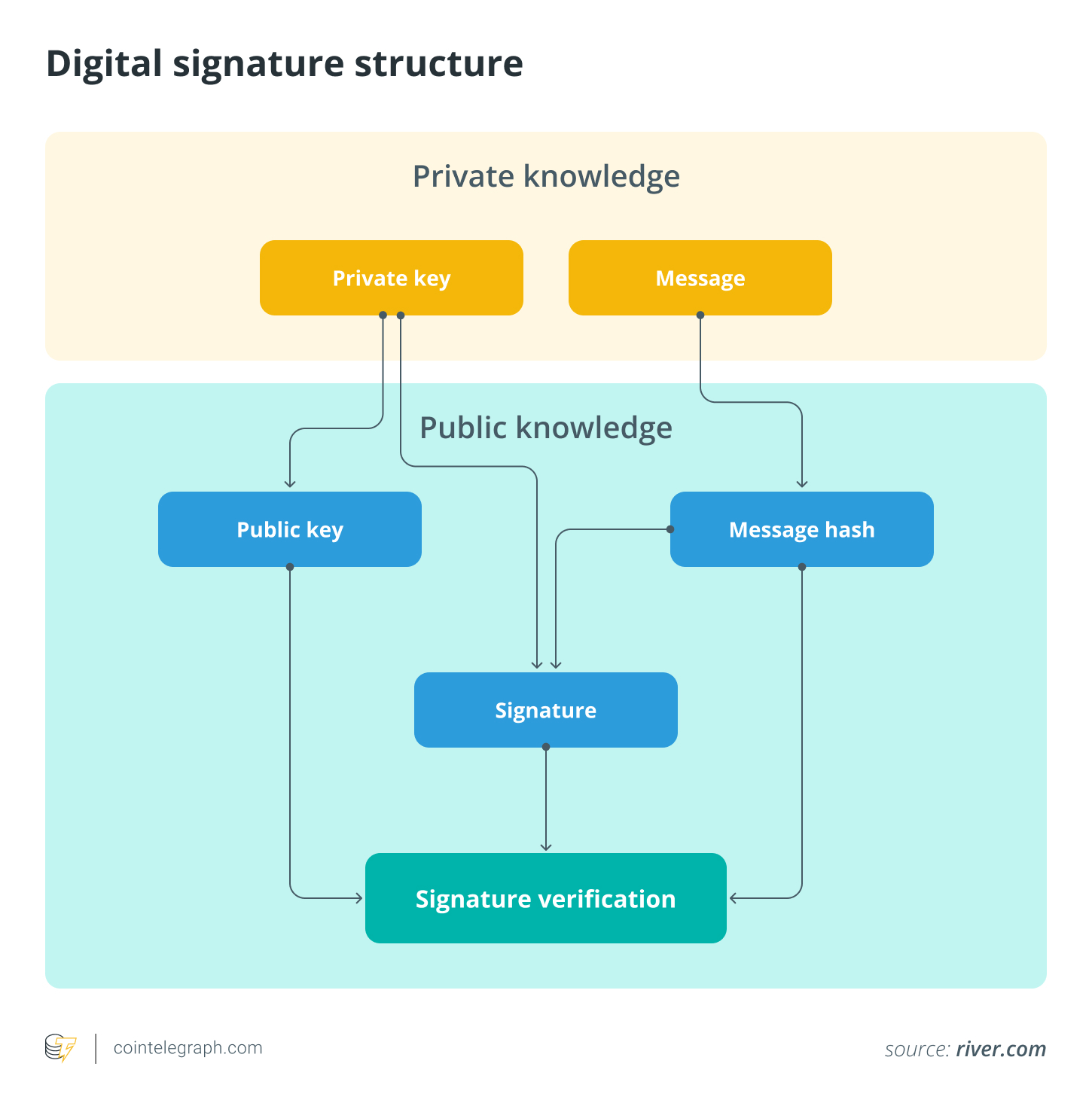
How Quantum Computing Might Resurrect Lost Bitcoin
Understanding Quantum Technology
Quantum technology can process vast amounts of data and tackle complex challenges in mere seconds instead of decades.
Originally emerging in the early 1900s from quantum mechanics—the branch of physics studying the behavior of matter and energy at the smallest scales—quantum technology is now employed in devices like transistors, lasers, MRI machines, and quantum computers, which are claimed to be 300,000 times more efficient than today’s computers. Google’s new quantum chip, Willow, significantly reduces computation times and may provide cybercriminals the means to decrypt the algorithms safeguarding Bitcoin and other cryptocurrencies.
Not only could quantum computers pose risks to Bitcoin’s security systems, notably the Elliptic Curve Digital Signature Algorithm (ECDSA), but experts like Adam Back and Michael Saylor suggest the threat is not immediate since developing such advanced quantum hardware may take years or even decades.
Research on quantum computing is rapid, but is Bitcoin currently quantum-safe? Not quite yet. Developers are actively working to upgrade the network against potential quantum risks that could compromise encryption.
While acknowledging existing dangers is essential, it’s equally vital to note these risks remain theoretical for the time being.
Quantum Computing’s Impact on Bitcoin
The potential of quantum computing to affect Bitcoin is notable due to its risk of undermining the cryptography that secures the network.
Discussions around quantum computing and Bitcoin (BTC) have intensified, mostly due to the implications it poses for the network’s integrity. Quantum computing has the potential to exploit vulnerabilities in the asymmetric cryptography securing Bitcoin wallets—primarily ECDSA. This cryptography generates a private-public key pair upon wallet creation; its protection is based on the complex elliptic curve discrete logarithm problem (ECDLP) which classical computers cannot solve efficiently.
The real threat lies in quantum computers being able to crack private keys, which control access to Bitcoin. Losing a private key equates to losing access to these assets.
In 1994, mathematician Peter Shor introduced a quantum algorithm capable of breaking the apparent security of commonly used asymmetric cryptographic algorithms. The algorithm significantly reduces the time, resources, and costs associated with deriving a private key from the public one, setting a precursor for fraudulent transactions.
Bitcoin and Quantum Security Risks
As established, quantum technology could expose Bitcoin wallets by discovering their private keys, especially as advancements unfold. Concerns mount for older Bitcoin wallets linked to outdated addresses or reused public keys. By revealing these keys, the security of Bitcoin holders could be significantly threatened.
Even predictions place quantum computing decades away from breaching ECDSA, with figures like Michael Saylor deeming current fears exaggerated. Users can remain relaxed for now but should maintain awareness of best practices to safeguard against future quantum threats.
Can Quantum Computing Recover Lost Bitcoin?
Current analysis estimates about 2.3 million to 3.7 million Bitcoin as permanently lost, constituting approximately 11% to 18% of the total fixed supply of 21 million.
What might happen to lost Bitcoin if quantum recovery technologies rejuvenate dormant wallets? Notably, Satoshi Nakamoto’s coins, estimated at 1 million, are at stake. If a quantum machine successfully unlocks their wallet, it could significantly influence market dynamics by circulating these coins.
Quantum technology could access lost Bitcoin by deciphering cryptographic keys, particularly for wallets with hard-to-reach private keys.
Many of these are possibly older Bitcoin addresses using pay-to-public-key formats that require no updates, making them prime candidates for exploitation. In May 2025, BlackRock issued a warning in its iShares Bitcoin Trust filings, citing quantum computing as a substantial risk to Bitcoin’s long-term security by potentially dismantling existing cryptographic defenses.
Ethical and Economic Considerations
Reintroducing lost Bitcoin into circulation poses ethical and economic challenges. It might disrupt Bitcoin’s scarcity and ultimately impact its market valuation. There are ongoing discussions on how to preserve Bitcoin’s economic integrity. Some, like Bitcoin expert Jameson Lopp, argue that these coins should be permanently destroyed, while others suggest they could be redistributed to balance wealth.
How to Safeguard Your Bitcoin
Reducing exposure of public keys is crucial for Bitcoin protection. Simple protective measures can yield greater security.
Regardless of potential quantum risks, preventative measures to secure Bitcoin should always be prioritized. Fraud, with phishing as a frequent tactic, continues to plague cryptocurrency users, including new scams involving zero-value transfers where fake addresses infiltrate transaction histories.
About 25% of Bitcoin is stored in public key-revealing addresses, making such addresses particularly vulnerable to quantum attacks via the Shor algorithm. Users are encouraged to avoid address reuse and utilize a platform that automatically generates new addresses for transactions.
Being vigilant when sending transactions and using wallets that support modern security measures like Taproot and SegWit adds additional layers of protection.
Another prevalent phishing technique involves address poisoning, wherein malicious actors exploit similar wallet addresses to deceive users, tricking them into sending Bitcoin to fake locations.
Ongoing Research and Safety Measures for Quantum Resistance in Bitcoin
Currently, Bitcoin exhibits resilience against quantum threats, with ongoing research into quantum-resistant protocols like QRAMP to ensure its future viability as experts seek ways to enhance the network using quantum technology.
Bitcoin’s decentralized and open-source nature allows it to adapt while research on quantum-resistant wallets continues. Users should adhere to best practices, such as avoiding address reuse, to stay secure until quantum-secure cryptocurrencies and wallets are fully developed and accessible.
In early 2025, Bitcoin developer Agustin Cruz proposed a quantum-resistant asset mapping protocol (QRAMP) to shield Bitcoin from such threats while facilitating cross-chain functionality. Knowledgeable experts are also exploring powerful quantum-resistant cryptographic techniques potentially enriching Bitcoin’s scalability and security.


